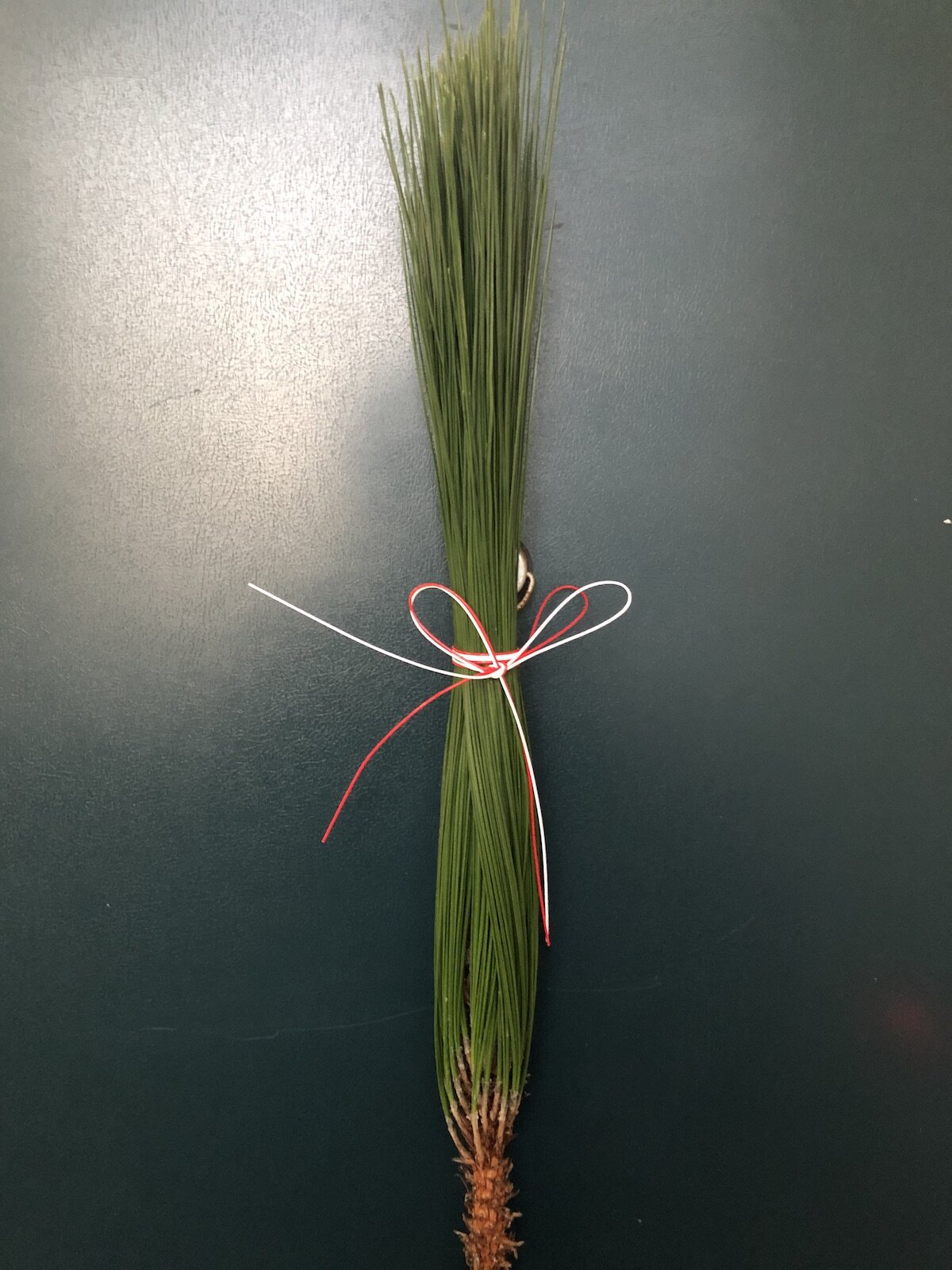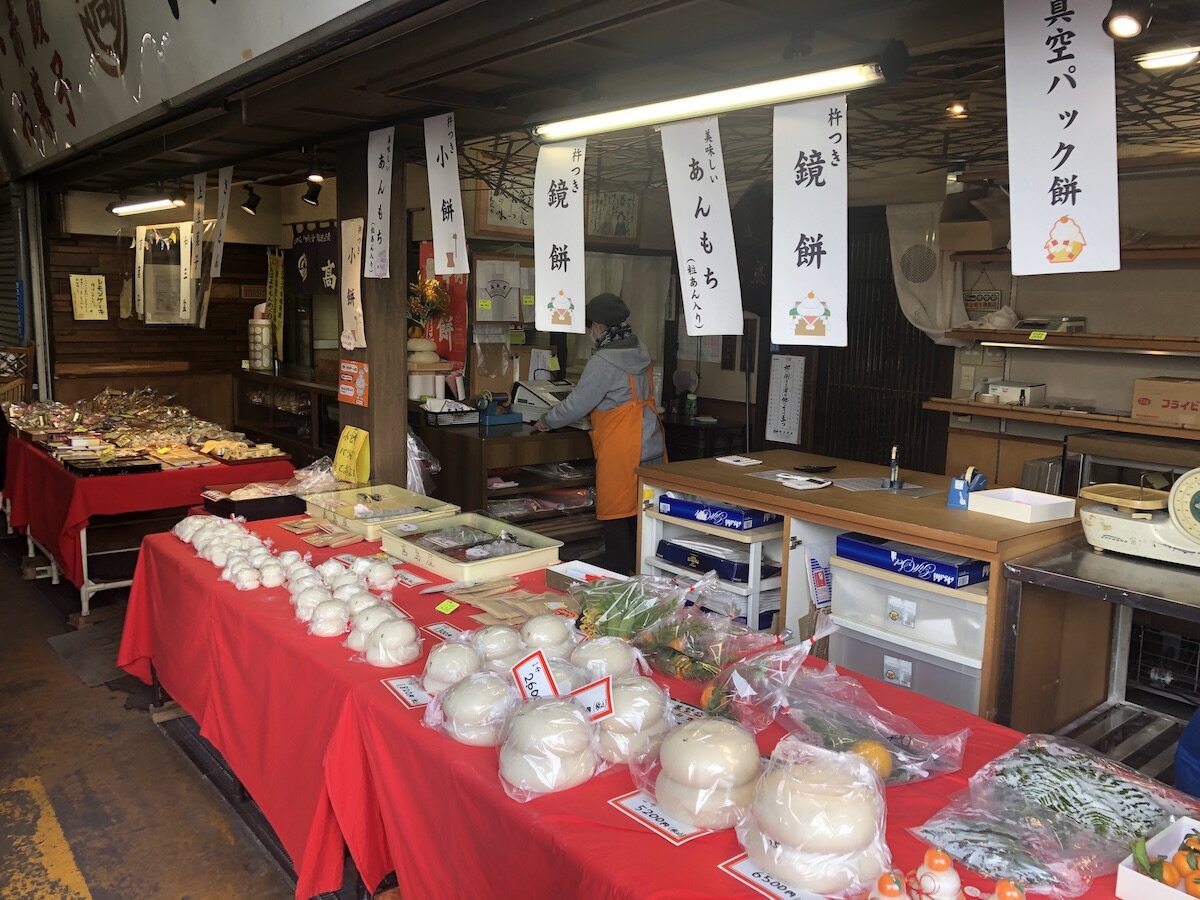I used to get so depressed after Christmas when I was young. In America, there really wasn’t much to look forward to once King of All Holidays had passed. We had Easter, of course, but you had to first eke your way through six weeks of Lent, which was no easy task in my devoutly Roman Catholic family.
After coming to Japan, though, I haven’t had that problem. Here, there is always something in the offing to look forward to: Ōmisoka, or New Year’s Eve; Gantan or New Year’s Day itself; the first seven or fifteen days of the New Year called Matsunouchi; the Tōka Ebisu Festival held around the 10th of January; Dondoyaki on the 15th; Setsubun at the beginning of February, and so on.
And so, to keep those Christmas Blues in check, we have made it a habit to decorate our home if not as lavishly, then just as festively for the New Year. That involves a trip to one of my favorite florists, Unpas. Every year they make the most wonderful shimenawa and mini kadomatsu.
This year, in keeping up with the muted mood of the times, we opted for a simple design.
We may add something to this pine branch to make it a bit more colorful.
A few days later, we went to the Yanagibashi Shōtengai market, which is always hopping with at the end of the year, picking up New Year’s decorations and ingredients to make traditional New Year’s dishes.
I think this may be the first time we have ever bought a real kagami-mochi. I think we may have started a new tradition.
What is a kagami mochi you want to know?
Let’s ask Mr. Wiki:
Kagami Mochi (鏡餅, "mirror rice cake"), is a traditional Japanese New Year decoration. It usually consists of two round mochi (rice cakes), the smaller placed atop the larger, and a daidai (a bitter orange) with an attached leaf on top. In addition, it may have a sheet of kombu and a skewer of dried persimmons under the mochi. It sits on a stand called a sanpō (三宝) over a sheet called a shihōbeni (四方紅), which is supposed to ward off fires from the house for the following years. Sheets of paper called gohei (御幣) folded into lightning shapes similarto those seen on sumo wrestler's belts are also attached.
The kagami mochi first appeared in the Muromachi Period (14th–16th century). The name kagami ("mirror") is said to have originated from its resemblance to an old-fashioned kind of round coppermirror, which also had a religious significance. The reason for it is not clear. Explanations include mochi being a food for special days, the spirit of the rice plant being found in the mochi, and the mochi being a food which gives strength.
The two mochi discs are variously said to symbolize the going and coming years, the human heart, "yin" and "yang", or the moon and the sun. The "daidai", whose name means "generations", is said to symbolize the continuation of a family from generation to generation.







